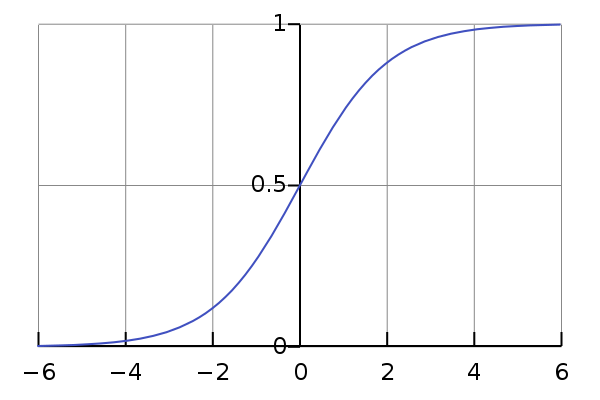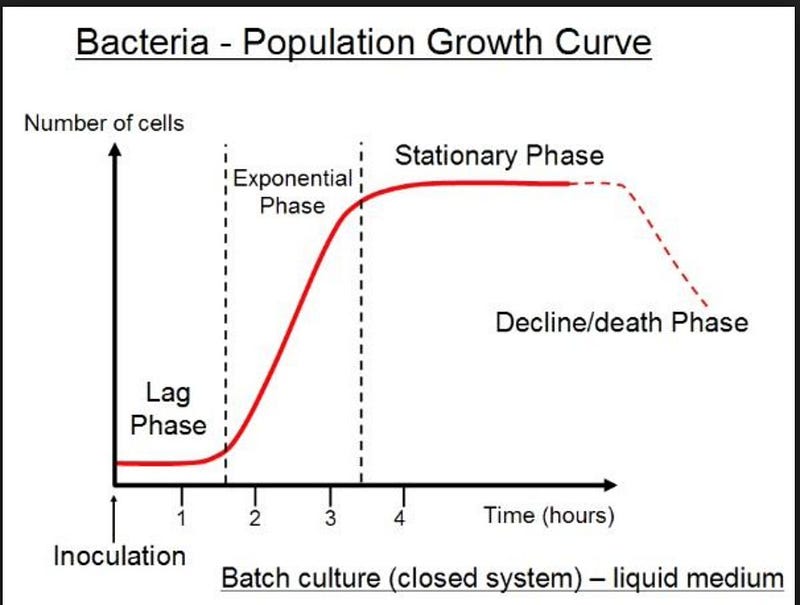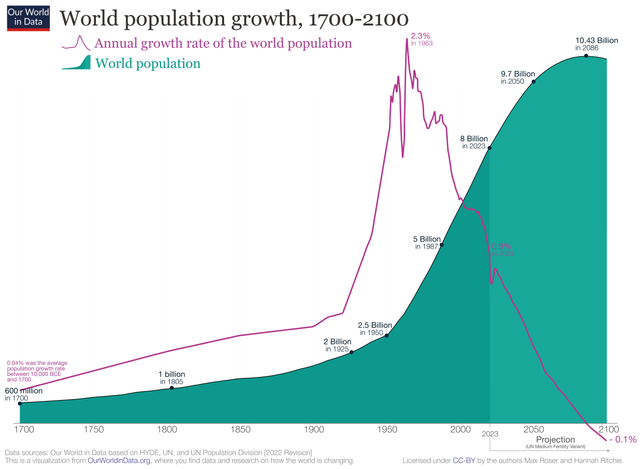The Myth of the Imminent Singularity: A Critical Analysis
Written on

What is the Technological Singularity?
The technological singularity refers to the notion that advancements in technology are accelerating at an exponential rate. Proponents argue that at some point, these advancements will culminate in a dramatic increase in both human and machine intelligence, leading to potential immortality and a divine-like status for humanity. This perspective resembles a form of technological faith, with Ray Kurzweil being one of its most notable advocates.
Interestingly, many singularity theorists, including Kurzweil, predict that this event will occur around the time of their own lifespans. Kurzweil estimates that the singularity will manifest by 2045, when he will be approximately 97 years old. This phenomenon suggests a common fear of mortality among singularity advocates, as they tend to anchor the timeline of the singularity close to their personal life expectancies.
Exponential vs. Sigmoid Growth
A significant misunderstanding among singularity proponents is their conflation of exponential growth with sigmoid growth. A sigmoid function begins with exponential growth but eventually slows and levels off, resembling a logarithmic trend.

An insightful article by procrastilearner on Steemit highlights how many trends perceived as exponential are, in fact, sigmoid.
For instance, consider the evolution of the machine gun. Initially, these weapons were cumbersome and prone to jamming. Over time, models became lighter and more efficient, but they also faced limitations, such as overheating. Eventually, the AK-47 emerged in 1945 as a cost-effective and rapid-production model. Despite the advancements since then, the core design has remained largely unchanged, illustrating how technological progress can plateau over time.
This pattern, evident in many technologies, challenges the notion of unending exponential growth. For example, population growth in biology follows a similar trajectory; bacteria may double in number rapidly but ultimately face resource constraints, leading to a decline in population.

Human population dynamics mirror this phenomenon, having increased eightfold since 1800. However, birth rates are now declining, suggesting a leveling off at around 10 billion people, contrary to the exponential growth model.
Aircraft speed records illustrate a similar trend. Early aviation saw rapid improvements, but since 1976, no new records have been established due to physical limitations such as heat and drag.

In computing, many believe exponential growth is ongoing; however, challenges like heat dissipation and quantum tunneling are hindering further miniaturization of transistors.

While processing speeds may align with Moore’s Law in some contexts, the costs associated with advanced semiconductor production are rising. This indicates that the era of exponential gains may be concluding, as companies confront the limits of silicon technology.
The Nature of Progress in Computing
Despite significant advancements in computing power—evident in a trillion-fold increase from 1956 to 2015—this does not guarantee corresponding improvements across all sectors. For example, while processing capabilities may double, this does not imply that quality of life or housing costs will similarly decrease.

Some areas, such as American suburbs, remain largely unchanged despite technological advancements. Although we have the potential for longer lifespans, societal issues like obesity can negate these benefits, highlighting the complexity of human biology.
Singularity advocates often overestimate the power of increased computing capacity to resolve deep-seated societal issues. While we live better than in 1965, the improvements are not as drastic as claimed. The complexities of human biology and social divides cannot be simplified to mere computations.
Artificial General Intelligence: A Misconception
The development of artificial general intelligence (AGI) is anticipated, but it does not imply the onset of a singularity. AGI would enable computers to think and learn similarly to humans, representing a significant advancement, but not an infinite source of power. The human brain operates far more efficiently than silicon-based computers.

The human brain can perform a quadrillion operations per second while consuming only 20 watts, whereas supercomputers require millions of watts for a fraction of that performance. Thus, replicating biological efficiency in AGI would necessitate hardware that mimics organic brain structures.
The Path of Innovation
Innovation tends to follow a familiar trajectory: initial breakthroughs lead to rapid advancements, followed by a plateau as mastery is achieved. True progress cannot stem from infinite exponential growth in any single technology.
Life has evolved substantially over the centuries, but this transformation is a result of cumulative improvements rather than boundless expansion. Although challenges arise, humanity's living conditions have improved significantly.
It is crucial to recognize that while visions of the singularity abound, many in the world still lack basic resources. Issues like poverty and labor exploitation persist, highlighting the gap between technological aspirations and real-world problems.
The belief in a singularity or a technological utopia may obscure the genuine issues humanity faces. While singularity advocates address some of these concerns, they often oversimplify the solutions.
In conclusion, rather than creating philosophies rooted in the fear of mortality, we should rely on rational scientific progress. True advancements emerge from collaborative efforts across diverse fields. The singularity may not be imminent, but through cooperation, we can continue to foster innovation and improve our world.
